R-value? Closed-cell? How to decode the label on your sleeping pad
We take all the work out of your things by explaining tems like closed-cell and R-value and helping you make the best choice for overnight adventures
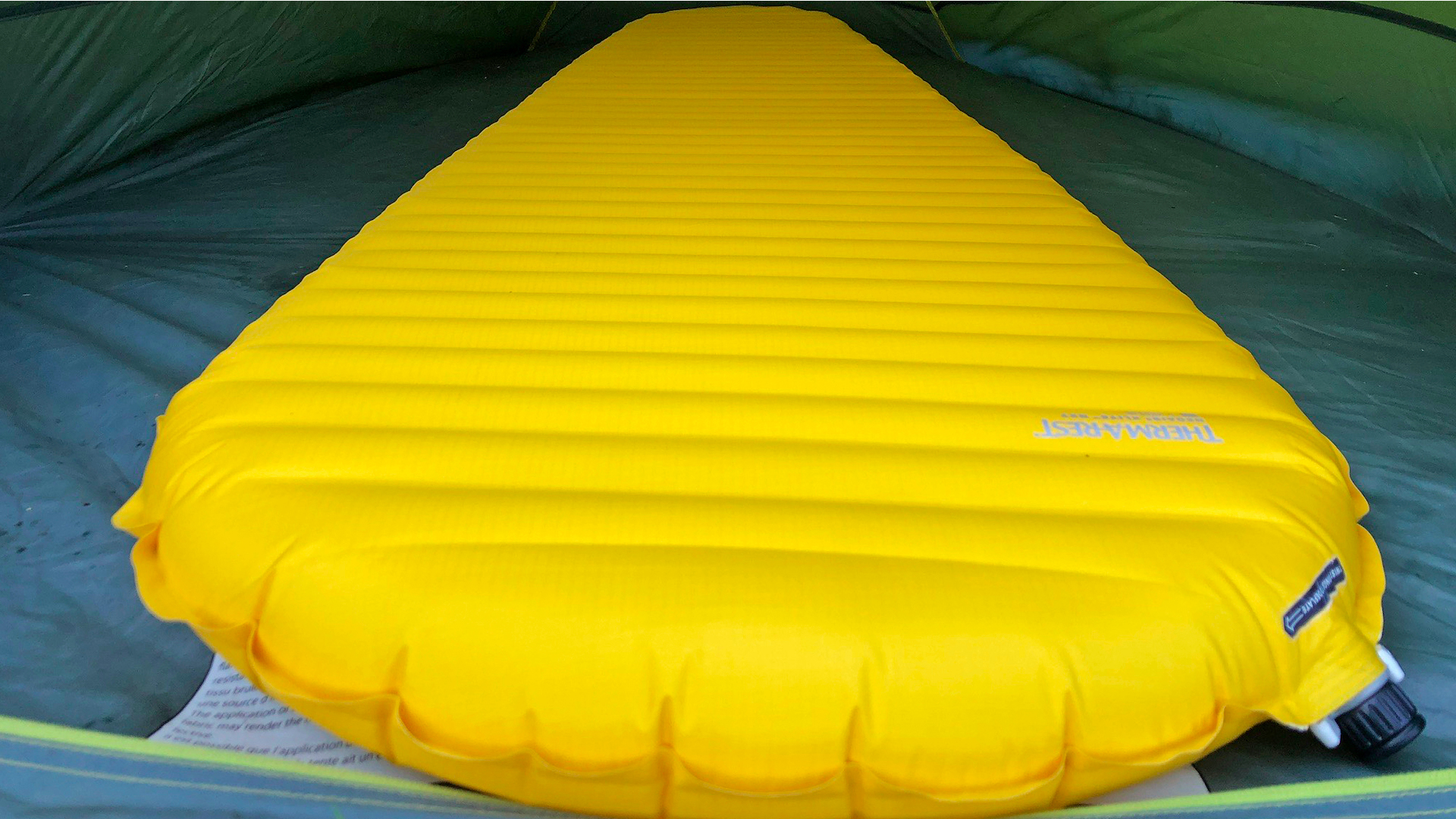
With camping season well and truly upon us, you might be in the process of perfecting your camping sleep system so that every night out in the wild can be filled with more dreams and less tossing and turning. One of the most important items in your sleep system when it comes to warmth and comfort is your sleeping pad.
Choosing the right sleeping pad the first time is crucial for getting a good night’s sleep at camp. It needs to be comfortable, warm enough and big enough, but depending on what type of camping you’re doing may also need to be light, packable and durable.
When you start shopping around for a new pad, the labels can be a little confusing. What is a closed-cell sleeping pad? Do self-inflating pads really work? And what does R-value stand for? Let us take all the work out of things and help you decode the label on your sleeping pad, so you know exactly what you’re getting for your money, and make sure it’s the best choice for your overnight adventures.
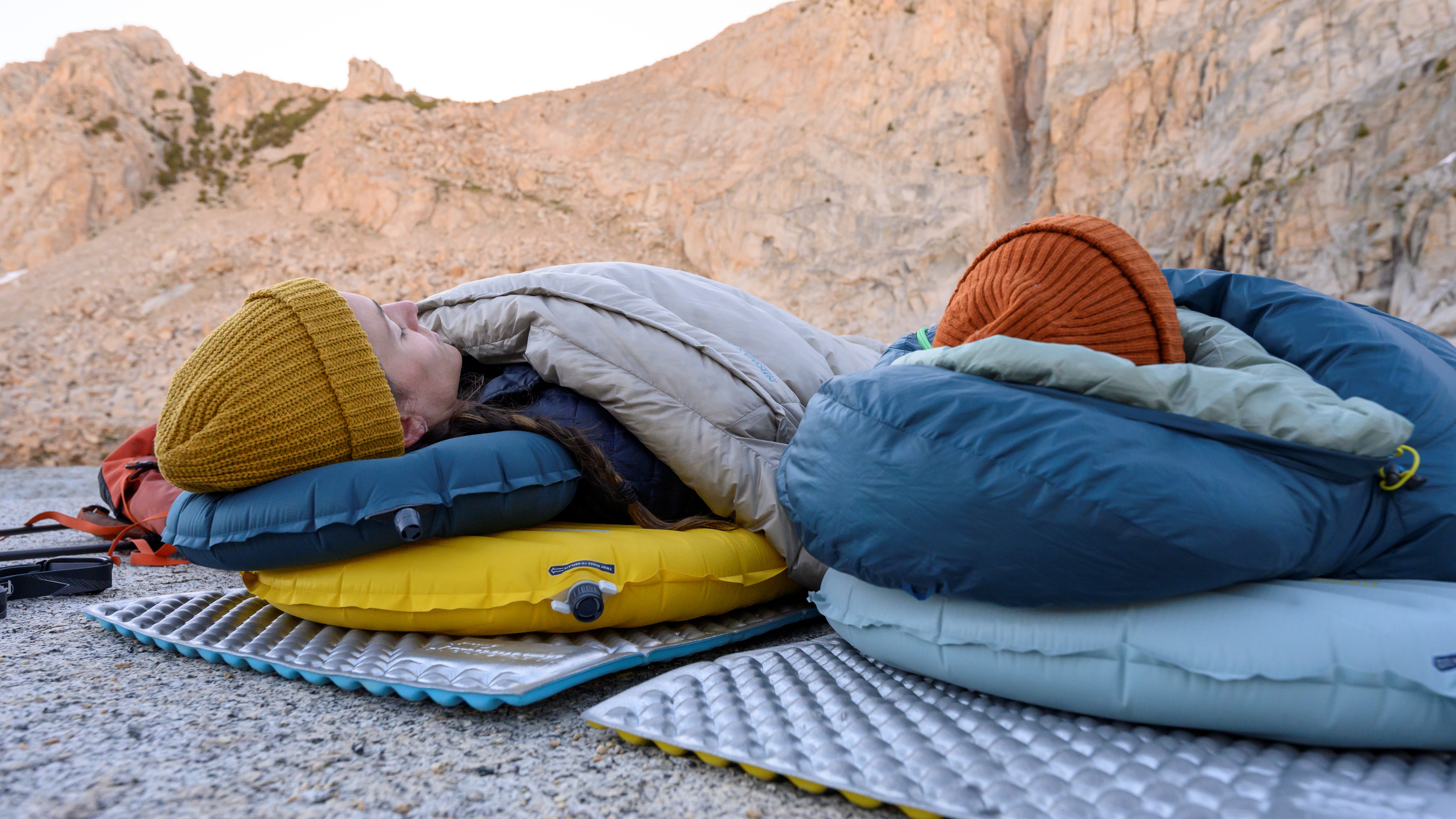
Closed-cell
If you’ve been wondering what on earth a closed-cell camping mat is, it’s honestly a pretty complicated term to describe what you might know better as a foam camping mat. Before Therm-A-Rest came along and revolutionized things with air pads, sleeping pads were all those cheap, lightweight foam mats that roll up but don’t compress (or inflate).
Clearly, these pads are less technical, and there are drawbacks: namely, they’re not as comfortable and they don’t pack down small. However, they do still have a place, after all, they’re affordable, very durable, and you don’t need to worry about them springing a leak and leaving you sleeping on the cold hard ground. While they won’t fit inside your backpack, you can roll them up and attach them to the outside, and it doesn't matter if they get wet.
Closed-cell mats can also make a great additional layer underneath your inflating mat for car camping when pack size isn’t an issue.
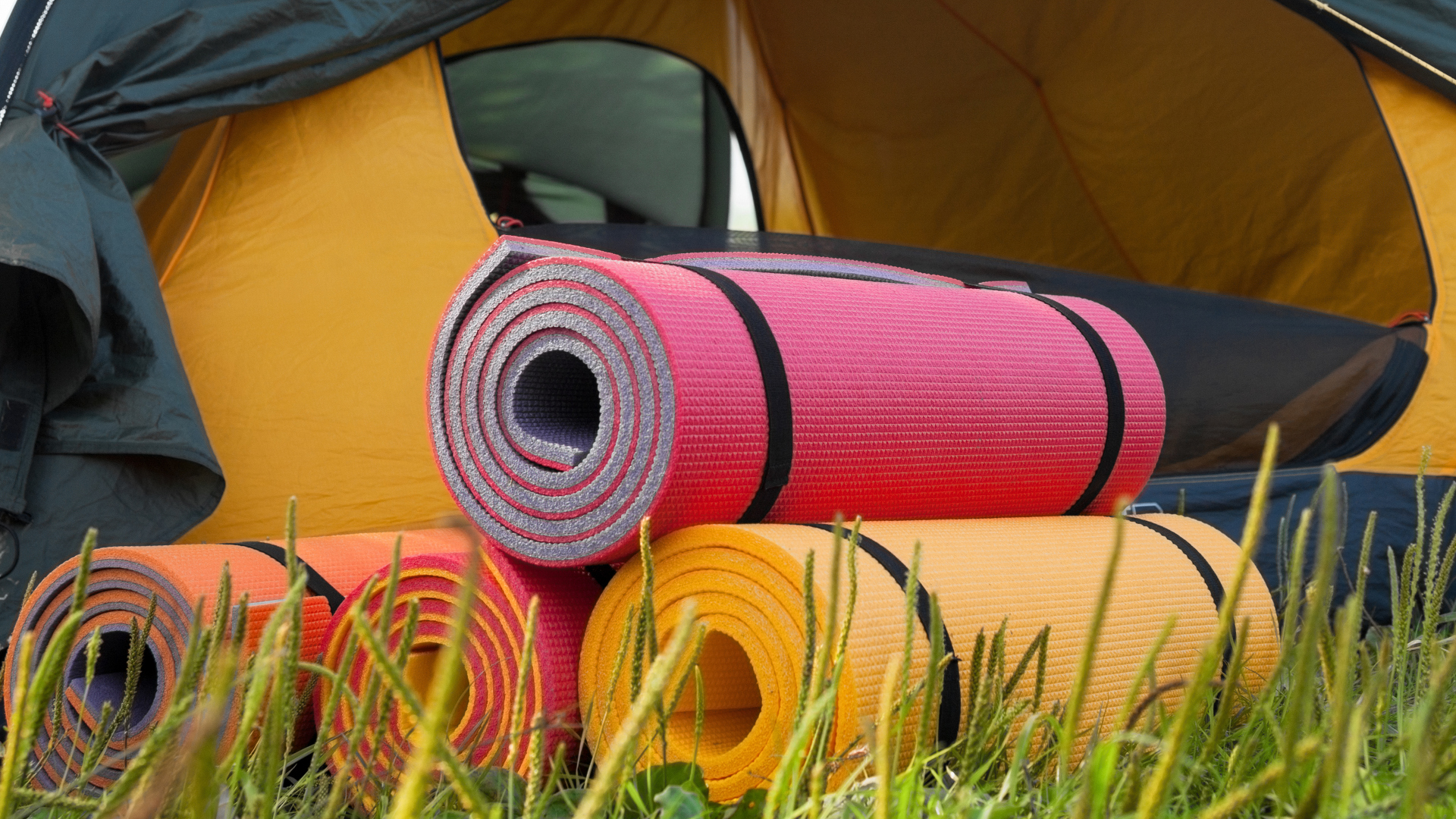
Air
Air pads are the ones with no foam, that come with a valve to inflate by mouth or pump, and deflate completely when you’re finished using them. This means they are light and really packable compared to foam pads.
All the latest inspiration, tips and guides to help you plan your next Advnture!
Air pads were first devised by Therm-A-Rest and they range from ultralight backpacking versions to much plusher pads that you could take glamping. They can be quite expensive and take more effort (and breath) to set up, but offer a much more comfortable night under the stars compared to foam mats. However they can also be punctured so you’ll want to know how to patch them in the field.
Because you’re just sleeping on air, these pads can move around a bit with you, and some are quite noisy, so it’s important to shop around and make sure you like yours before you invest.

Self-inflating
Just as “closed-cell” isn’t a very helpful term in understanding the perks of your sleeping pad, self-inflating is a bit of a misleading phrase. In fact, it might lead you to believe that all you need to do it unroll your sleeping pad, watch it magically fill with air then drift off into the land of nod. Sadly, this is not the case.
Self-inflating sleeping pads combine closed-cell foam insulation with air and have a valve that you can open when you’ve unrolled your mat. It will draw some air in automatically, but realistically you will also have to blow into the valve to properly inflate your mat.
These mats are heavier and pricier then closed-cell mats, but they do also have some advantages. They’re more comfortable, a bit more packable and more versatile, because you can release air to make it softer and add air to make it firmer. They’re also more durable than air pads.
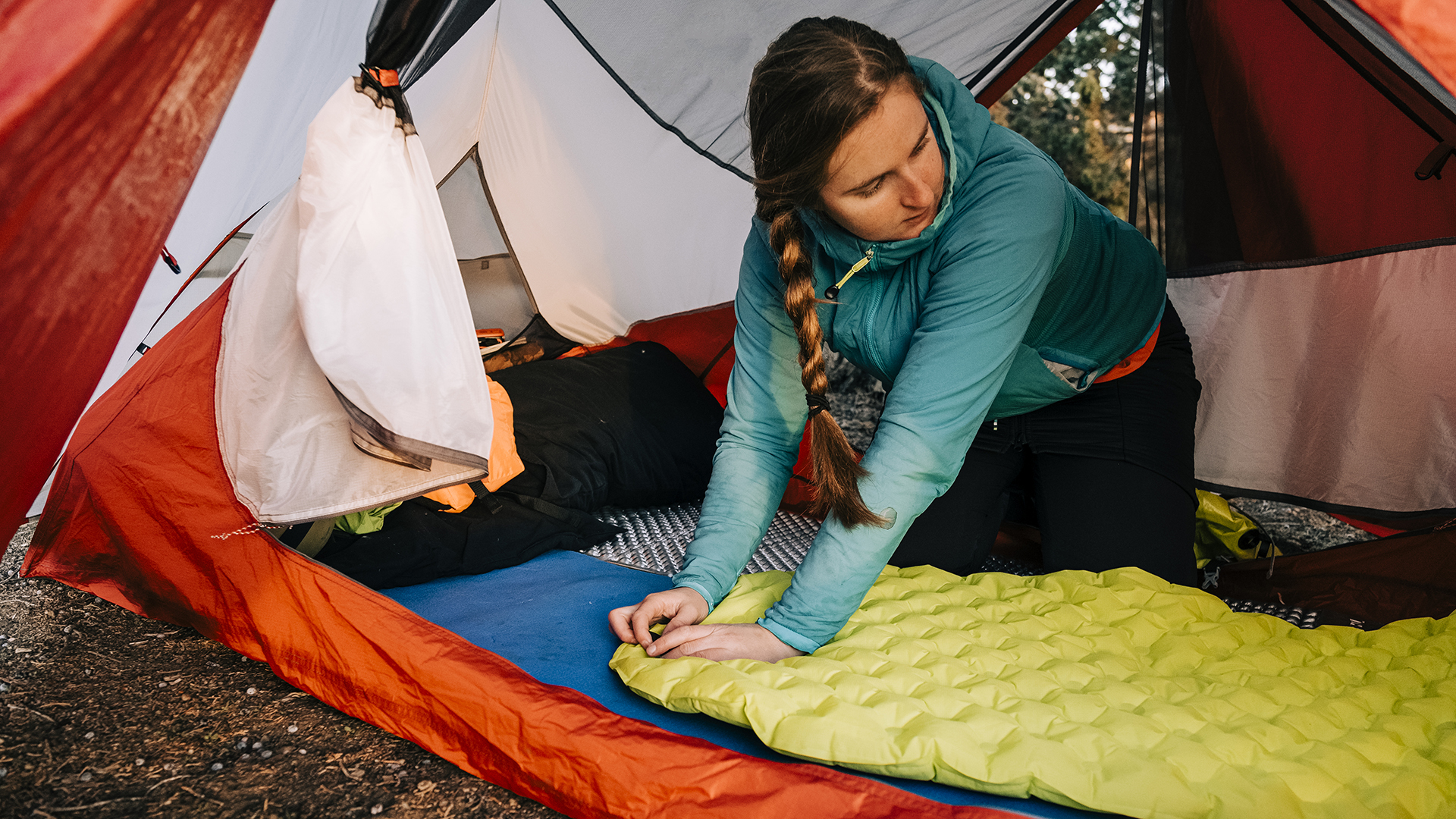
R-value
Any sleeping pad should list its R-value and this is an important term to understand because it explains how warm your sleeping pad will be at night. Even though you might associate warmth more with your sleeping bag than your pad, it’s actually your pad which insulates you from the cold ground.
Sleeping pad R-values are listed from 1 - 7 with 7 being the warmest. R-values of 6 and above are best for winter camping, while cold sleepers should look for pads between 4 and 6. If you’re planning to camp in the shoulder seasons of spring and fall then look for an R-value between 2.5 and 4 while anything lower is suitable for summer camping only. Learn more in our article explaining what R-value means.
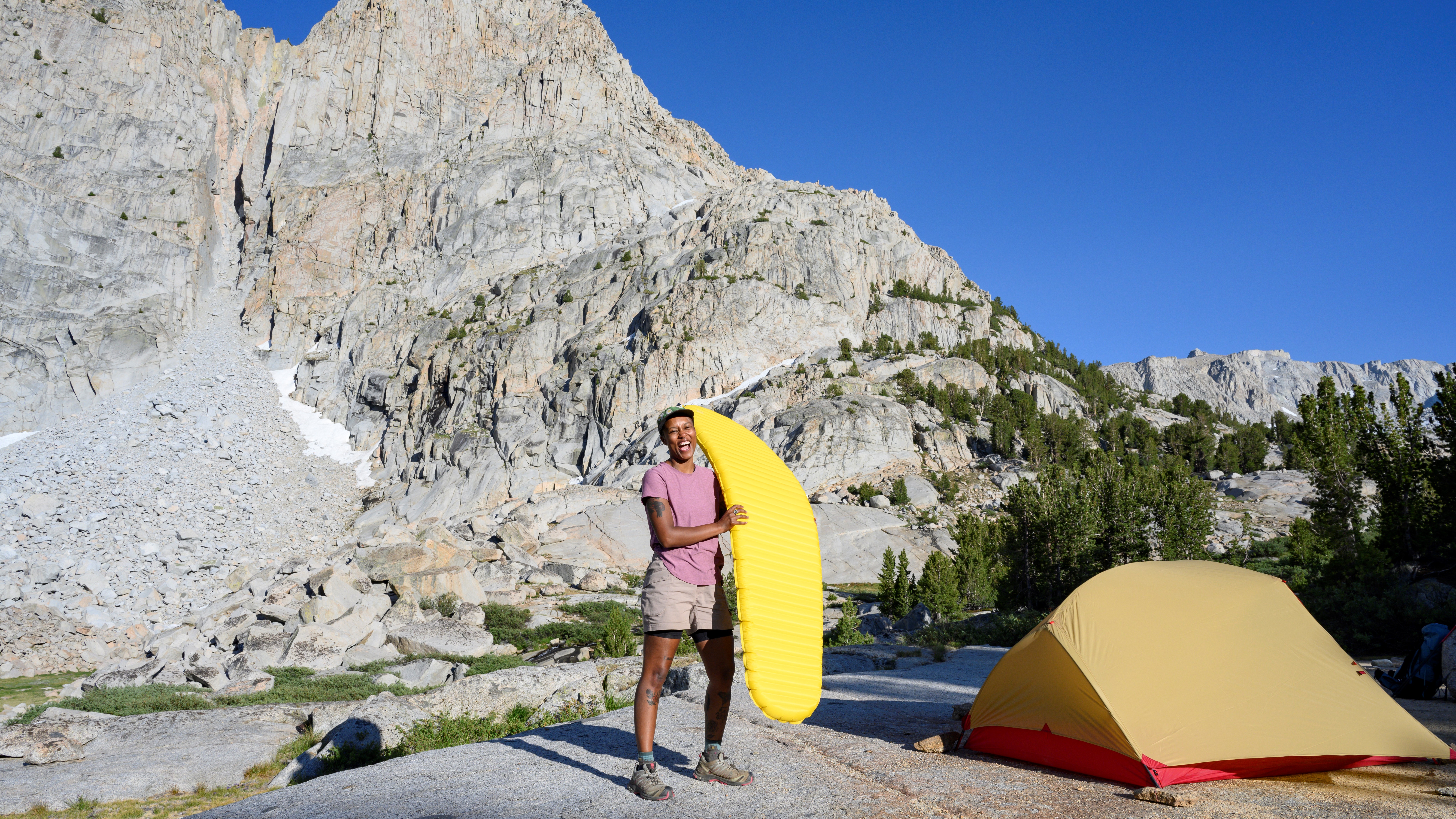
Length
Sleeping pads might just seem like they’re all one big rectangle, but there are differences in dimensions that can really help, or hinder, your comfort. Most of us want to be entirely on a sleeping pad at all times, so you should know that a regular length pad will typically be 72 inches long. That’s six feet so most adults will fit on it, but the closer your are to six feet tall, the more likely it is that your feet or head might end up on, you guessed it, the cold hard ground. For you, it’s worth the extra six inches that a long mat typically delivers.
If you’re on the short side, however, don’t go for a short mat unless you’re prepared for your legs and feet to be off the mat. Short, or 3/4 length sleeping pads are designed for ultralight backpackers who really want to trim weight. They’re only about four feet long and you’re supposed to use other items like your empty backpack or a fleece for your feet. If you’re really keen on saving weight and room in your backpack, they’re worth checking out.
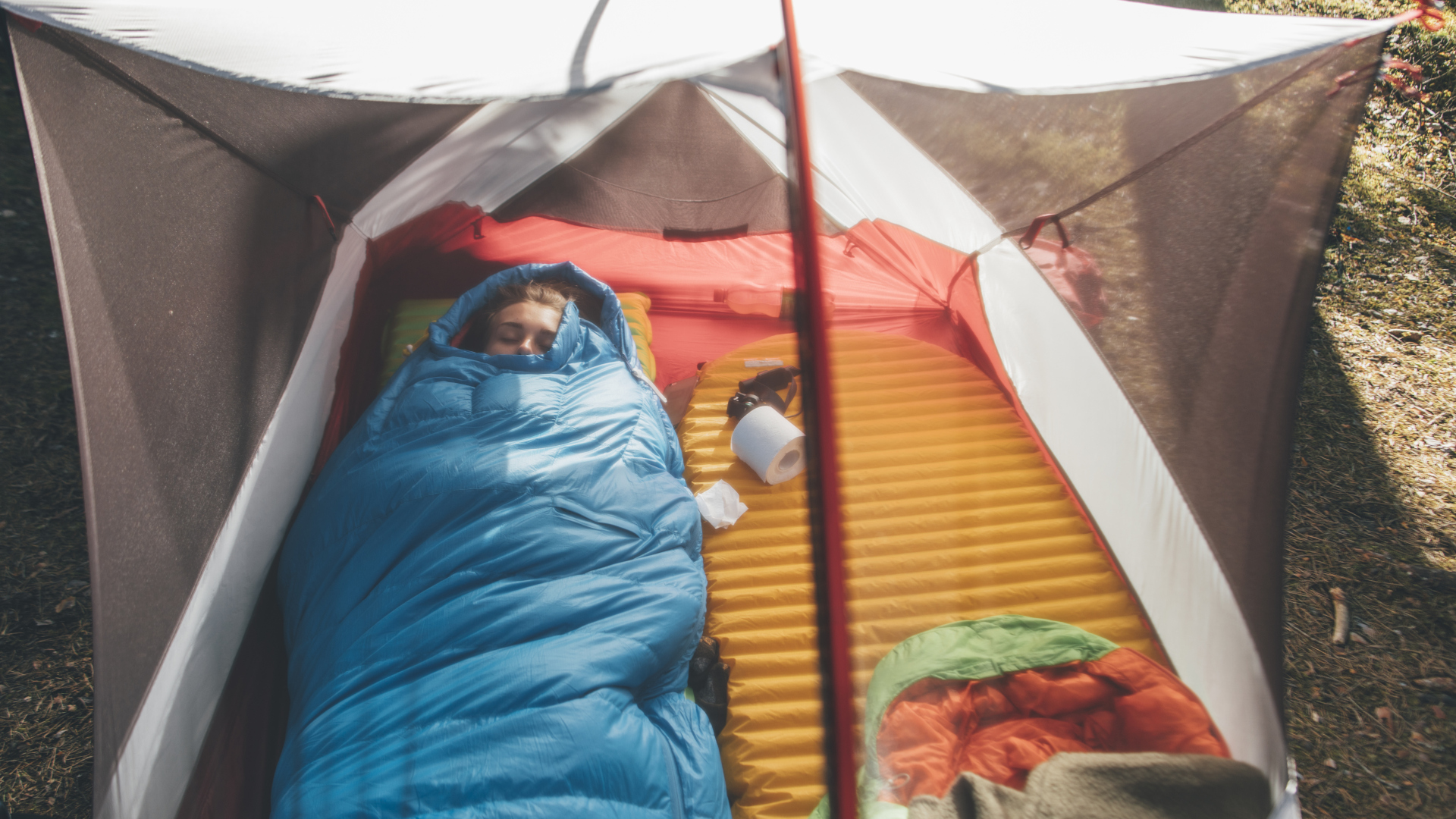
Width
Almost all standard sleeping pads are 20 inches wide, and for most people that means that when you’re lying on your back, your shoulders will be comfortably on the mat. If you’re wide around the shoulders, you might want to grab yourself another five inches or so with a wide mat so that your arms and hands don’t end up cold. Some long mats are wider by default.
Remember, however, that a wide mat takes up more room in a tent. This is no issue if you’re camping alone, but if you’re camping with a partner and you both want to use a wide mat, make sure your tent is big enough for them both side by side.
Julia Clarke is a staff writer for Advnture.com and the author of the book Restorative Yoga for Beginners. She loves to explore mountains on foot, bike, skis and belay and then recover on the the yoga mat. Julia graduated with a degree in journalism in 2004 and spent eight years working as a radio presenter in Kansas City, Vermont, Boston and New York City before discovering the joys of the Rocky Mountains. She then detoured west to Colorado and enjoyed 11 years teaching yoga in Vail before returning to her hometown of Glasgow, Scotland in 2020 to focus on family and writing.

